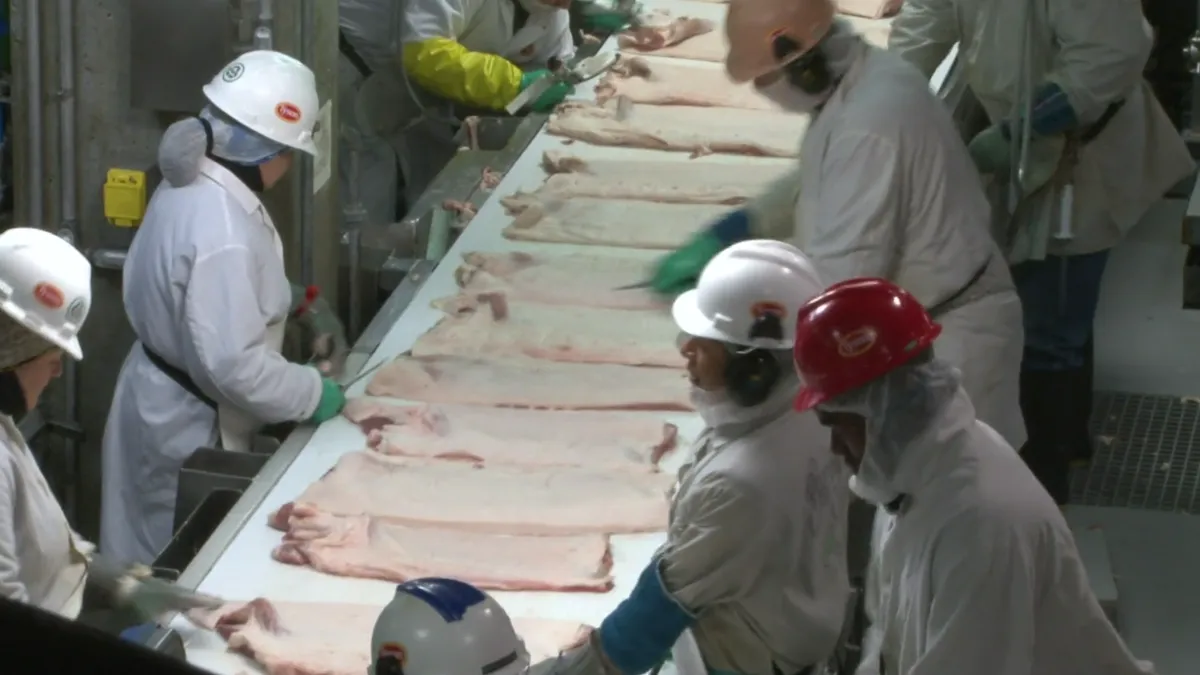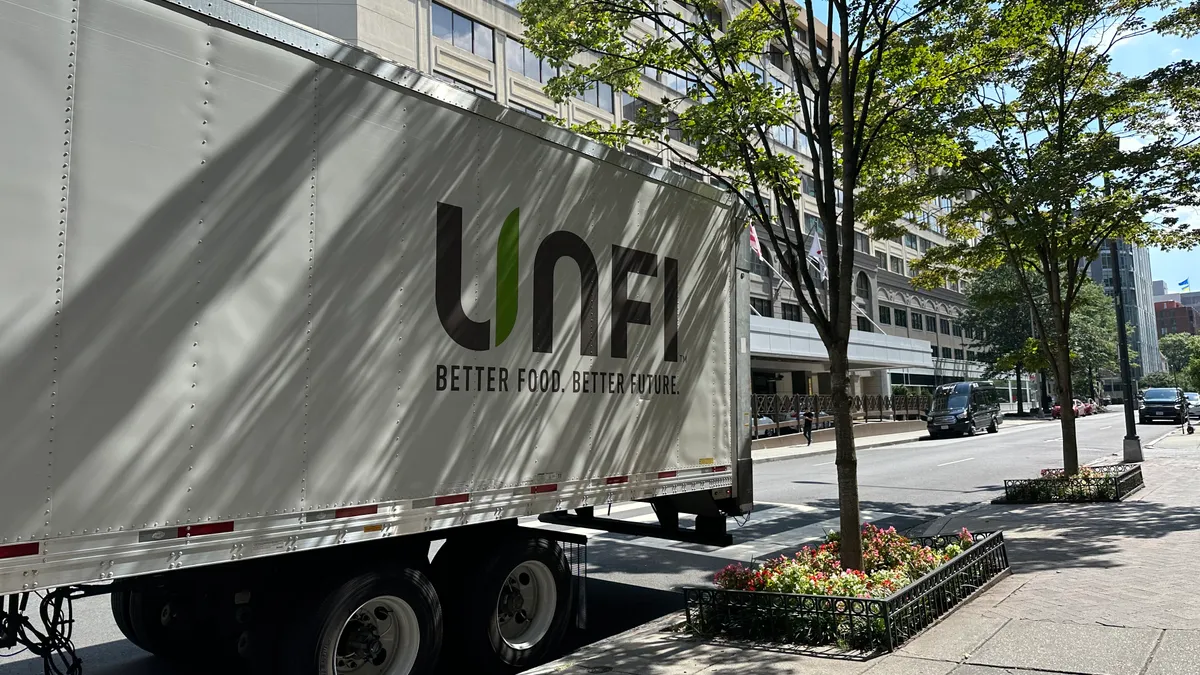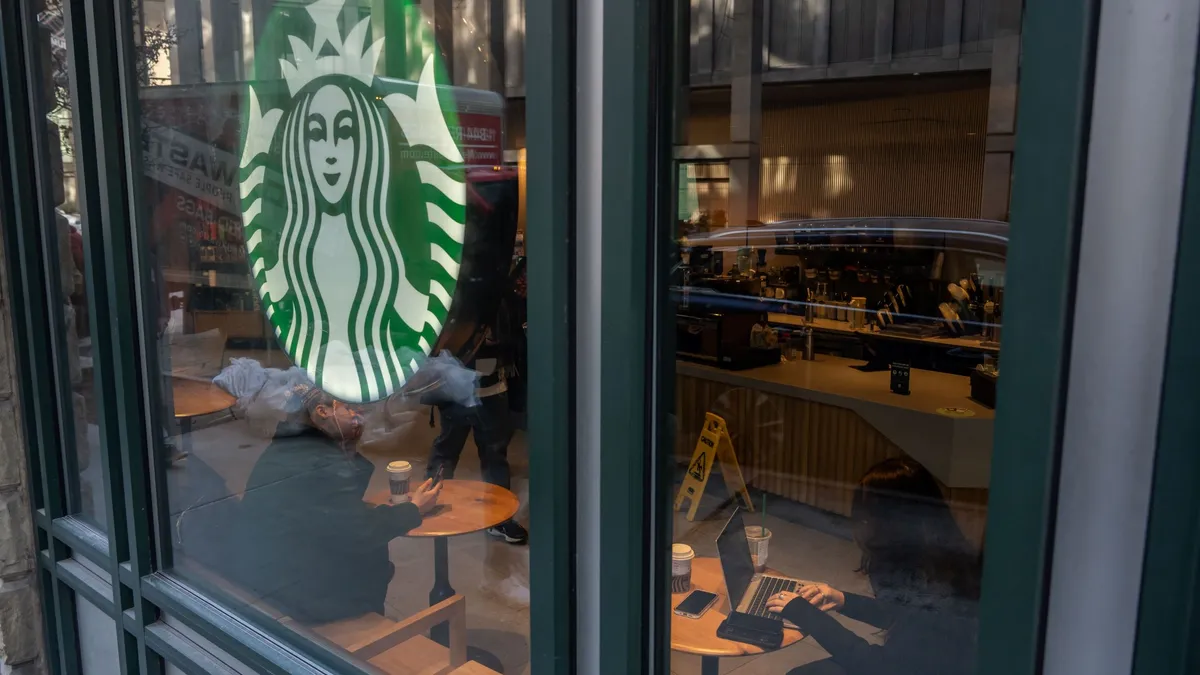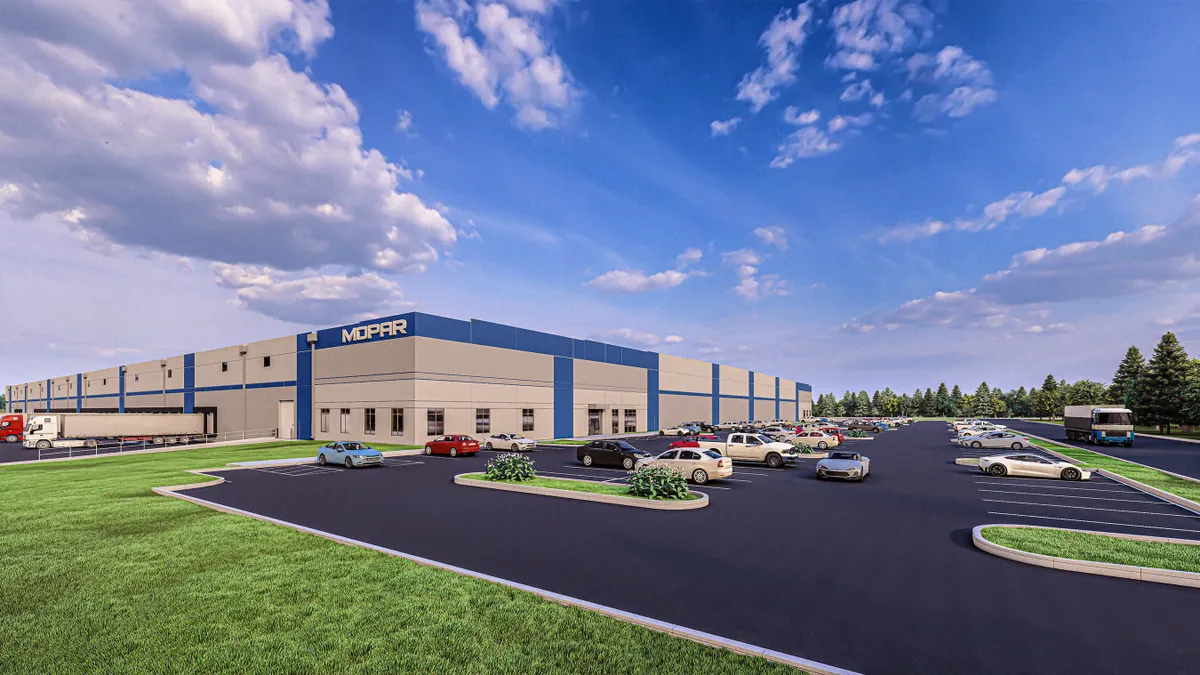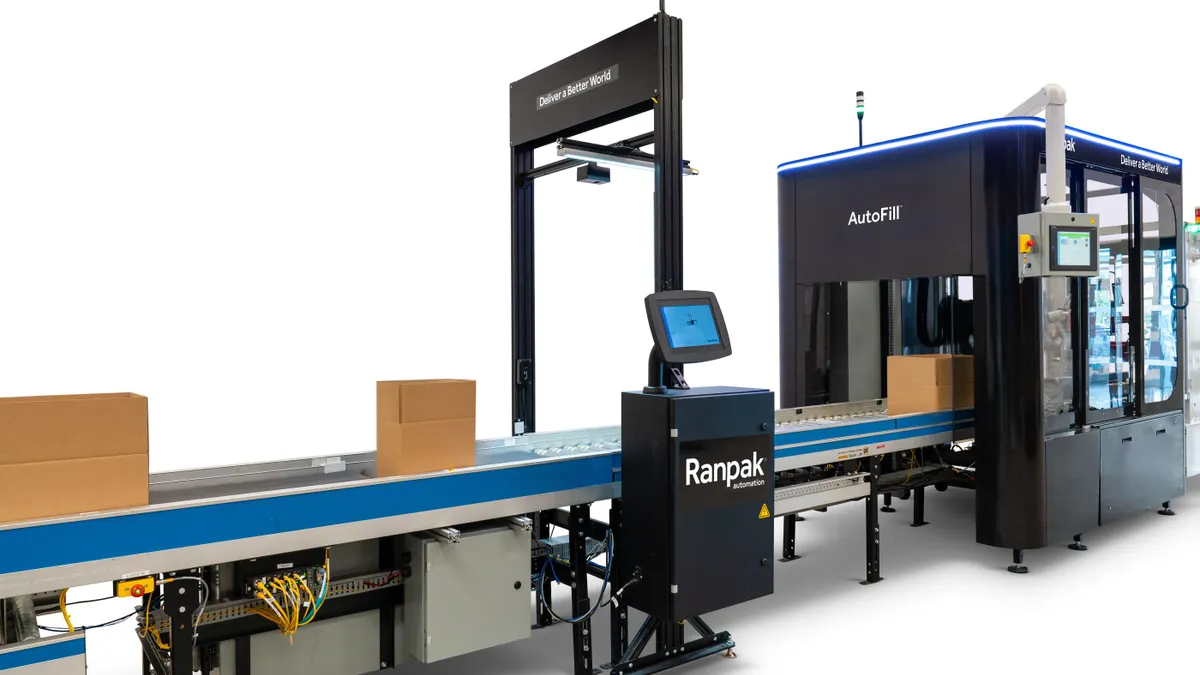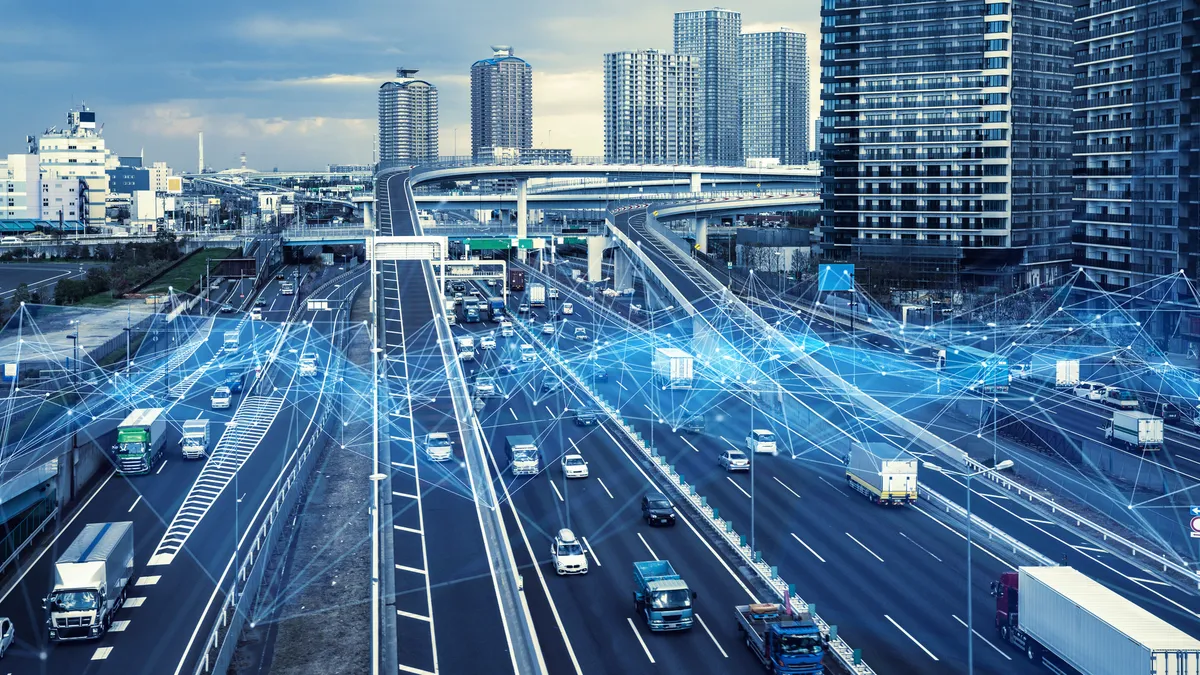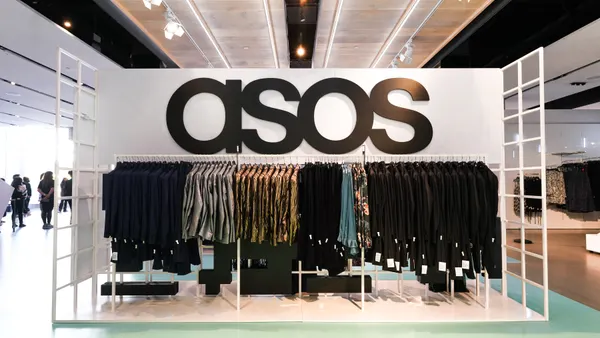As the 5G mobile broadband standard begins to roll out in cities across the world, supply chain and logistics managers who don't have a strategy already may be behind the curve.
Experts expect the impact of 5G to be felt across the logistics industry, from vehicle-to-vehicle communication to tracking items as small as microchips. In the warehouse, pickers may be guided by augmented reality applications that lead them to the correct bin.
In a recent survey from Gartner, 66% of organizations plan to deploy 5G by 2020. Those organizations expect 5G networks to be mainly used for Internet of Things (IoT) communications and video, with operational efficiency seen as the key benefit.
Technical improvements from 5G, the fifth generation of cellular network technology, include faster data speeds, reduced latency and improved network slicing. Slicing allows the cellular signal to be divided among customers, systems or devices.
"The potential of 5G is the ubiquitous level of physical to digital connectivity in terms of product tracking and monitoring," Andrew Stevens, a senior research director with Gartner, told Supply Chain Dive.
The network comes in-house
For the short-term, 5G is still a developing technology, and most cellular service providers won't complete an end-to-end 5G infrastructure on their public networks until around 2025 to 2030, according to Gartner. That means companies are building their own 5G networks for specific uses and individual facilities to take advantage of the technology ahead of the competition, Sally Miller, CIO for DHL Supply Chain told Supply Chain Dive.
"We can see the possibility of big, multi-national companies like DHL establishing their own networks to ensure the highest level of availability, quality and security," Miller said.
Supply chains in particular are ripe for 5G-driven capabilities to feed the growing appetite for data to drive inventory and transportation management optimization and predictive analytics.
"For any company that is not thinking about it, it's too late," Balika Sonthalia, vice president and consultant at A.T. Kearney and one of the authors of the 2019 State of Logistics report from the Council of Supply Chain Management Professionals (CSCMP), A.T. Kearney and Penske, told Supply Chain Dive.
4 supply chain applications on steroids
1. Track and trace
Supply chains that require a high degree of synchronization will see significant improvements with 5G. Consider inbound-to-manufacturing in the automotive industry. Today, companies employ significant manual controls around the sequencing of goods to reach the assembly line.
"Higher visibility on the transportation from outside the warehouse and seamless transition between warehouses and transportation will change how we operate these supply chains today," Miller said. Track and trace visibility is expected to be the major area for improvement in supply chain logistics because better devices available at lower cost will increase visibility into shipments. Just-in-time manufacturing can track parts moving to the assembly line in real time compared to simply relying on the scheduled arrival.
Some large shippers are already using 5G-enabled sensors to improve product tracking in warehouses, Sonthalia said. Industries that ship high volumes of small parcels or combine products into kits will be able to track individual products and components. 5G will make it easier and more effective to monitor temperature, humidity and other environmental factors for sensitive products.
2. Product monitoring
Network slicing capability allows 5G bandwidth to be divided among devices that don't require the entire capacity. 5G can connect in a highly dense environment, up to 1 million sensors per square kilometer, according to Gartner. 5G enabled sensors will allow for tracking smaller items than what can be economically monitored with current technology.
"With the technology available today you can measure the condition of the product at the vehicle level, but you can't monitor at the product level," Sonthalia said. "5G allows you to monitor at the SKU level so you have more detailed knowledge of what condition your product is in, where it is and when it's going to get to your customer."
3. Connecting indoors and outdoors
Due to better penetration into buildings, 5G networks can blend indoor and outdoor operations and networks. 5G can bridge mobile communications like LTM or 4G for outdoors with indoor technology like WiFi. For example, shippers can plan an outbound order that includes goods in-transit that have not yet been received at the warehouse.
"We can start imagining seamless transitions in network connectivity from inside the warehouse to the outside transportation," Miller said.
4. Real-time data
5G's reduced latency means there's little lag time between when a sensor detects an event and when it's recognized by the system. Medical device companies are testing robots that allow a surgeon to perform surgery remotely in real time. For the supply chain, reduced latency can enable vehicle-to-vehicle communication for automated trucks and warehouse robots.
Processing power will be able to move closer to the work, making sensors and mobile devices more capable.
"Anywhere data is being generated, handled or consumed in a logistics environment, that's where a lot of the momentum from 5G will be," Stevens said.
Mother of invention?
While new technology may birth advancements that haven't yet been conceived, there's plenty of room for making existing supply chains more efficient.
"5G will bring enhancements to existing functionalities, so I do not believe that we will change our supply chains as a revolution but rather make them more efficient," Miller said.
Companies in consumer electronics manufacturing and distribution or retail that have transitioned to an omnichannel strategy are already positioned to embrace 5G.
"A lot of supply chains went through a major change and pivoted toward being more agile," Sonthalia said. "I think those supply chains have a greater chance of reacting and capturing the benefits of 5G, while the traditional larger manufacturing supply chain may be behind already."
Implementing and getting the most out of an investment in 5G may require closer collaboration between supply chain and business users and the IT function in the organization, Stevens noted.
5G's downsides
The explosion of 5G data will bring new challenges because of how much and how frequently data can be collected. After all, information may be available about every item on a truck.
"You have to put the safeguards and controls in place to make sure that any new launch or any innovation is being built with the right guardrails," Sonthalia said.
Before implementing 5G and the increased data flow, logistics companies may need to beef up their data infrastructure.
"Proper security and structures such as an operating data lake need to be in place before 5G starts to be adopted," Miller said. A data lake is a centralized repository that stores data in an unstructured format that can then be used to run different types of analytics and dashboards.
Despite the risks, Sonthalia described 5G as a "truly groundbreaking technology" with high potential for company supply chains. "You just have to jump in and try it out and see if it works for you."






